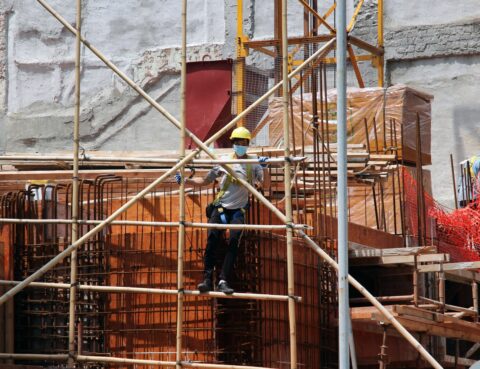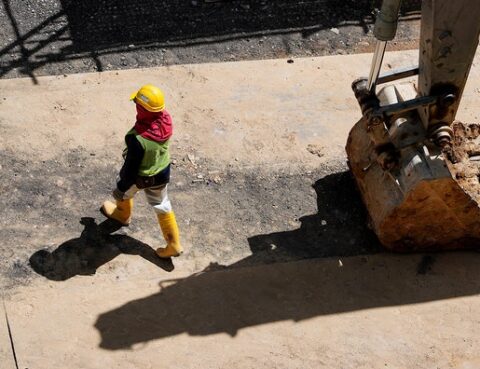The case of Electro-Works Ltd. v. Fogler, Rubinoff LLP expands the scope of liability for breach of trust to include monies received through settlement funds and applied as payment for lawyers’ fees.
A common misconception is that a discharged construction lien can be revived if additional services or materials are supplied to the subject property. This is not the case. Once the door closes on your lien rights, it will never re-open.
Understanding the crucial difference between Owners and Home Buyers as defined under the Construction Act helps Subcontractors keep track of and keep alive their lien rights.
While the legislature has not commented on the effect of COVID-19 on construction limitation periods, the Courts have tried to provide some direction as to how they would treat the lack of strict compliance with the otherwise truncated limitation periods in the Act.
In this case, the Court considers the importance of establishing a direct connection/chain between the party claiming a trust relationship and the party against whom trust obligations are imparted.
Despite its benefits, holdback has disadvantageous features to certain subcontractors in the context of larger-scale projects – early release assists with this problem.
How do you lien when the price of services and materials is subject to a “costs-savings” provision? The Dominus v. H&W case discusses this conundrum.
What makes a good construction lawyer? While every lawyer needs to know the law, in order to be a good construction lawyer – it is quintessential to understand the industry and the inner workings of construction projects. Video games, like Minecraft, have the potential to provide people with a rudimentary or conceptual understanding of construction.
While the Construction Act grants significant protections to members of the construction industry, these rights must be exercised in a timely and diligent manner. The effects of failing to comply with limitation periods are devastating, such as the expiry of a lien.











